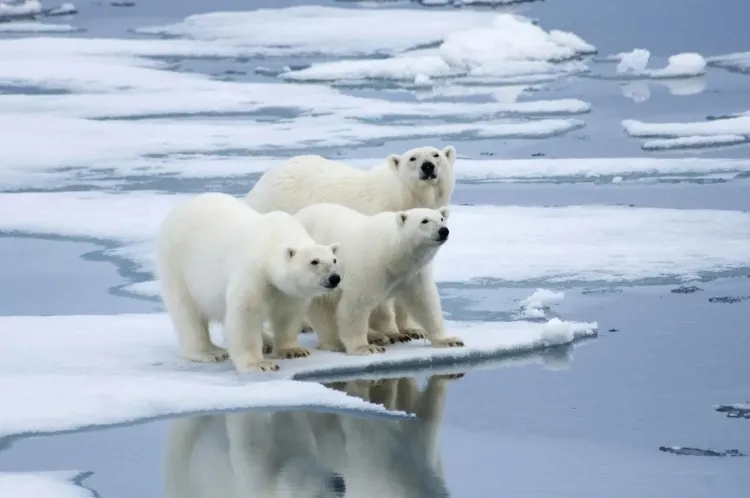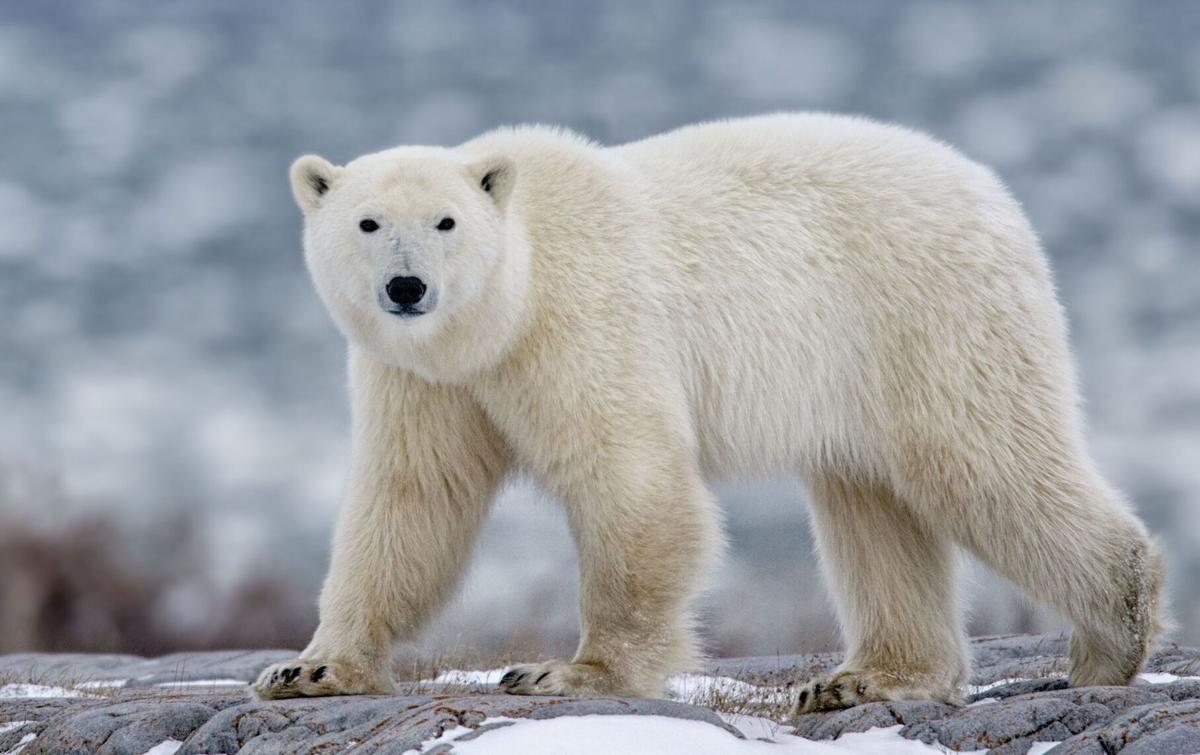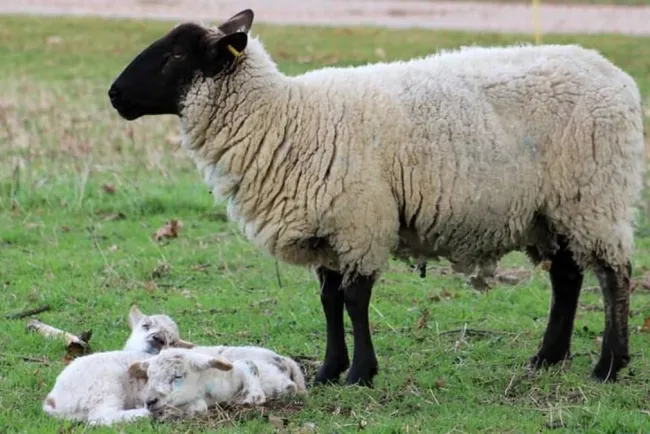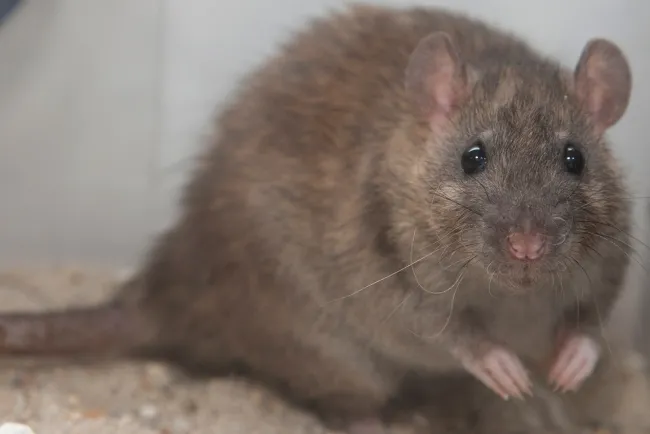"Remarkable Polar Bears: Adaptation, Behavior, and Conservation...!!!
Polar bears are remarkable creatures adapted to thrive in the challenging Arctic environment. Understanding their biology, behavior, and the threats they face is essential for developing effective conservation measures. By taking action to protect polar bears and their habitat, we can help ensure the survival of these iconic animals for future generations.

Polar Bears: An Overview
Polar bears (Ursus maritimus) are iconic Arctic mammals known for their remarkable adaptations to one of Earth's harshest environments. These magnificent creatures are the largest land carnivores, well-equipped to survive the frigid Arctic conditions.
Physical Characteristics
Polar bears have several distinctive physical features that make them well-suited for their environment:
-
Size and Weight: Adult male polar bears typically weigh between 900 and 1,600 pounds, while females weigh between 400 and 700 pounds. They can reach lengths of up to 10 feet.
-
Fur and Skin: Their thick, water-repellent fur provides insulation against the cold. Beneath the fur, a layer of blubber offers further insulation. Interestingly, their skin is black, helping absorb heat from the sun.
-
Paws and Claws: Polar bears have large, powerful paws that aid in swimming and walking on ice. Their sharp and strong claws enable them to catch prey and grip the ice.

Habitat and Range
Polar bears inhabit the circumpolar Arctic, primarily found in regions such as Canada, Alaska (USA), Greenland, Russia, and Norway. They rely on sea ice as their primary habitat, using it as a platform for hunting seals, their main food source. During the summer months, when sea ice melts, some polar bears travel long distances to find suitable hunting grounds.
Diet and Hunting
As apex predators, polar bears primarily feed on seals, particularly ringed and bearded seals. Using their keen sense of smell, they can detect seals from a great distance and employ a technique known as still-hunting, which involves waiting patiently by a seal's breathing hole or breaking through the ice to catch their prey.
Reproduction and Life Cycle
Polar bears have a slow reproductive rate, with females typically giving birth to one to three cubs every two to three years. Mating occurs in the spring, and pregnant females enter dens in the fall to give birth. Cubs are born in the winter and remain with their mothers for about two and a half years, learning essential survival skills.
Types of Polar Bears
While polar bears are generally considered a single species, there are some regional variations based on their geographic distribution. These variations are not classified as separate subspecies but rather as different populations or ecotypes. Some of these populations include:
-
Southern Beaufort Sea Polar Bears: Found in the southern Beaufort Sea region, these bears experience significant seasonal variations in sea ice.
-
Barents Sea Polar Bears: Inhabit the Barents Sea area, including parts of Norway and Russia, and are adapted to the dynamic sea ice conditions in this region.
-
Western Hudson Bay Polar Bears: Located in the western Hudson Bay area of Canada, these bears are known for their unique behaviors and adaptations to the seasonal ice melt.
-
Chukchi Sea Polar Bears: Found in the Chukchi Sea between Alaska and Russia, this population deals with varying sea ice conditions and a diverse range of prey species.

Conservation Status
Polar bears are currently classified as vulnerable by the International Union for Conservation of Nature (IUCN). The primary threat to their survival is the loss of sea ice due to climate change. As the Arctic warms, sea ice melts earlier and forms later, reducing the bears' hunting grounds and leading to decreased body condition and reproductive success. Other threats include pollution, oil and gas development, and potential overharvesting in some regions.
Importance of Conservation
Conserving polar bears is crucial not only for their survival but also for maintaining the health of the Arctic ecosystem. Polar bears are considered an indicator species, meaning their well-being reflects the overall health of their environment. Efforts to protect polar bears include reducing greenhouse gas emissions, establishing protected areas, and monitoring populations to inform conservation strategies.
Polar bears are remarkable creatures adapted to thrive in the challenging Arctic environment. Understanding their biology, behavior, and the threats they face is essential for developing effective conservation measures. By taking action to protect polar bears and their habitat, we can help ensure the survival of these iconic animals for future generations.
What's Your Reaction?

















